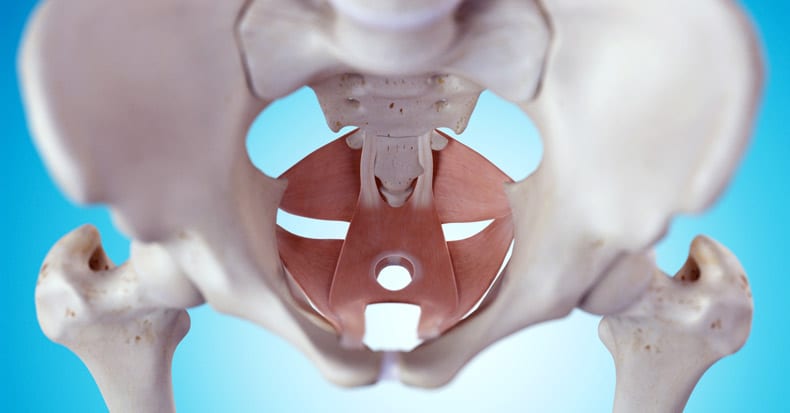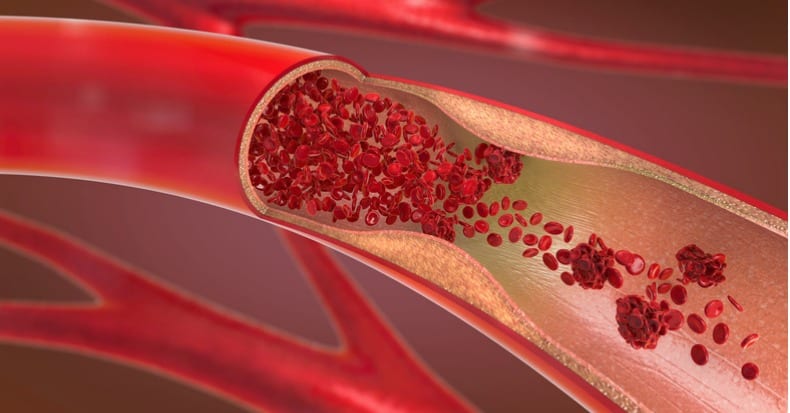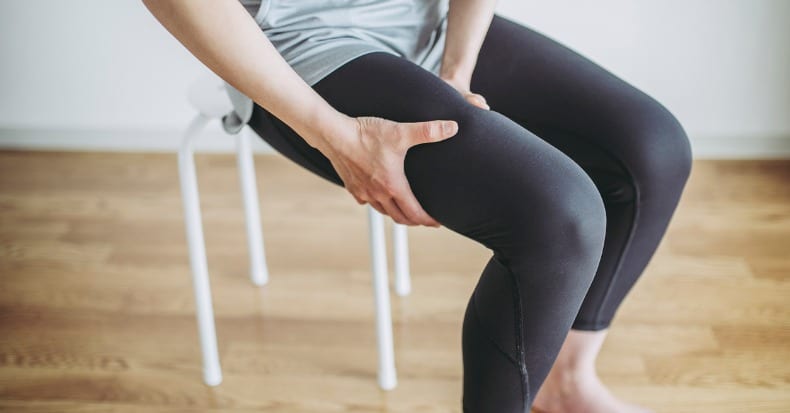
by Tejasvit Kour | Jun 6, 2021 | Back Pain
The pelvic floor is the muscular “hammock” that carries the weight of the viscera located in the pelvis. If these muscles become too loose or too tight, an individual may experience urinary (or fecal) urgency or incontinence, sexual dysfunction, pelvic organ prolapse,...

by Tejasvit Kour | May 7, 2021 | Back Pain
For the older adult, pain that radiates into the leg is a common complaint. This process, called neurogenic claudication, occurs when the spinal cord and/or nerve roots are pinched as they exit the arthritic spine (a condition called spinal stenosis). However, there...

by Tejasvit Kour | Apr 6, 2021 | Back Pain
The current available research notes that 52% of all opioid prescriptions are for patients with low back pain, and over two million Americans suffer from opioid use disorder (OUD), with 47,000 dying from OUD in 2017. In light of the opioid epidemic, the high cost of...

by Tejasvit Kour | Mar 6, 2021 | Back Pain
Low back-related leg pain (LBRLP) is a common condition that drives patients into primary care clinics, including chiropractic offices, but these cases are often complex, and determining the underlying cause can be clinically challenging. Let’s take a look at the...

by Tejasvit Kour | Feb 5, 2021 | Back Pain
Serious falls can lead to a number of negative outcomes in older adults, from impaired mobility to loss of independence to early death. Thus, steps that can be taken to reduce the risk for falls will not only potentially result in a longer life, but also help support...

by Tejasvit Kour | Dec 7, 2020 | Back Pain
The cauda equina (Latin for “horse’s tail”) is made up of many nerves that travel down and exit out the sides of the lumbar spine and sacrum (tail bone) and transfer information (motor and sensory) to and from our legs and brain. If the cauda equina becomes...







